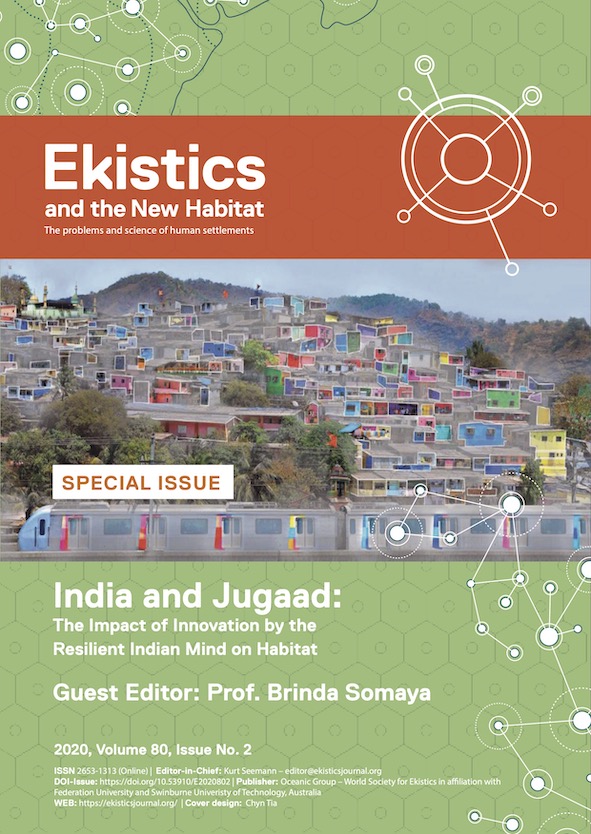Cultural Jugaad in Historic City Transformations: India
DOI:
https://doi.org/10.53910/26531313-E2020802654Abstract
Several historic Indian cities have managed to retain the original urban character by using readily available materials, craftspeople, and cultural traditions despite increasing urban transformations. This notion of sustaining/preserving/continuing certain cultural elements and rituals has survived in various forms in the last two centuries. Historic cities showcase their living heritage at the global level and are exemplars for studying the strong linkages within traditions and indigenous modes of preservation. In such situations where stakeholders have centuries of association with the site, it is essential that professionals look beyond conventional solutions to better understand local perceptions and thereby establish the appropriateness of any urban level interventions.
This article draws from various urban conservation works carried out in the historic cities of Rajasthan over the last two decades. It illustrates the discoveries and challenges in understanding the traditional local mindset for working in such areas. The indigenous methods practiced in these historic living cores are often at variance with the norms and logics of Western city planning being followed in post-colonial India. Examples in the cities and settlements of Jaipur, Udaipur and Ajmer, feature in this article, highlighting the urgent need to understand the local community mindset and the Indian approach to solutions for rapidly modernizing historic urban centres.
Downloads
Published
How to Cite
Issue
Section
License
Copyright (c) 2022 Ekistics and The New Habitat

This work is licensed under a Creative Commons Attribution-NonCommercial-NoDerivatives 4.0 International License.
Please contact the Editor-in-Chief: editor@ekisticsjournal.org, should you have any questions on copyright for your submission.
This research journal is for Educational and Knowledge development purposes.
All material published on this site complies with our copyright and terms as described by the Attribution-NonCommercial-NoDerivaties 4.0 International (CC BY-NC-ND 4.0)






